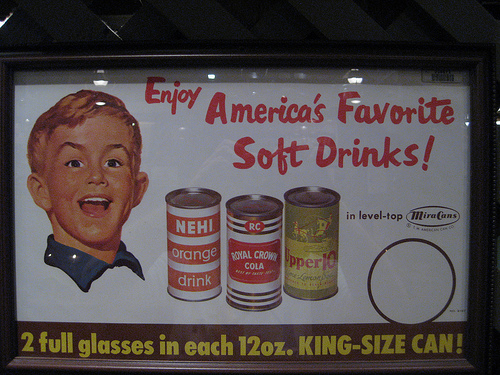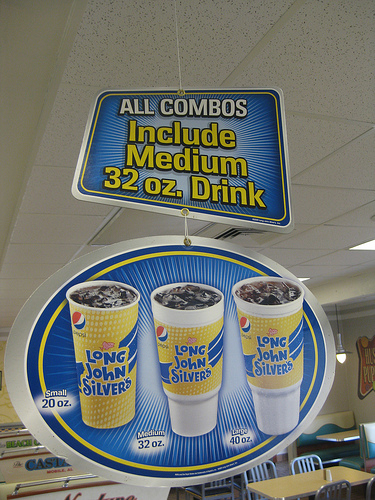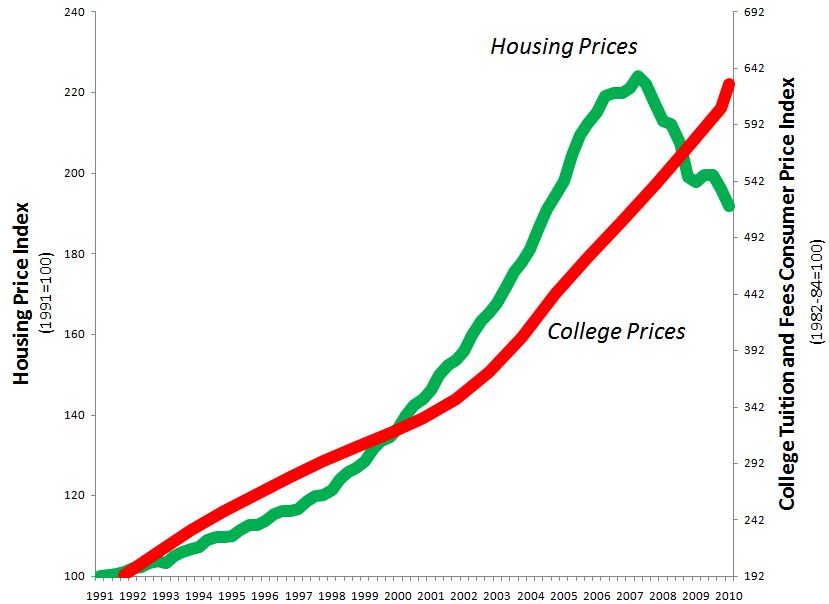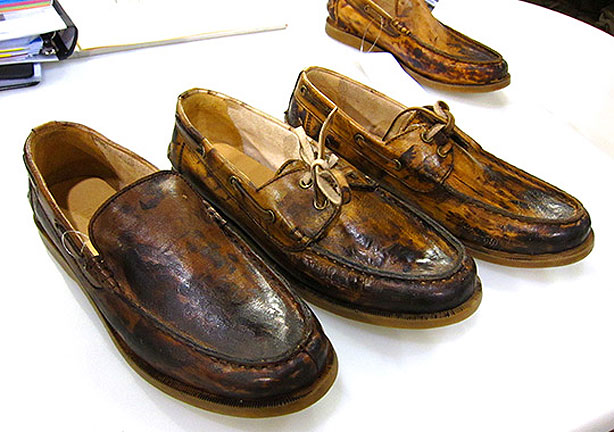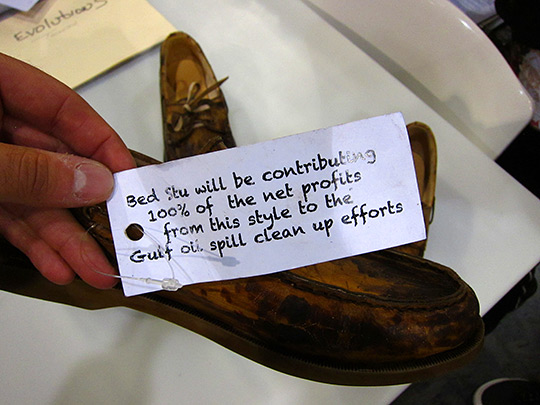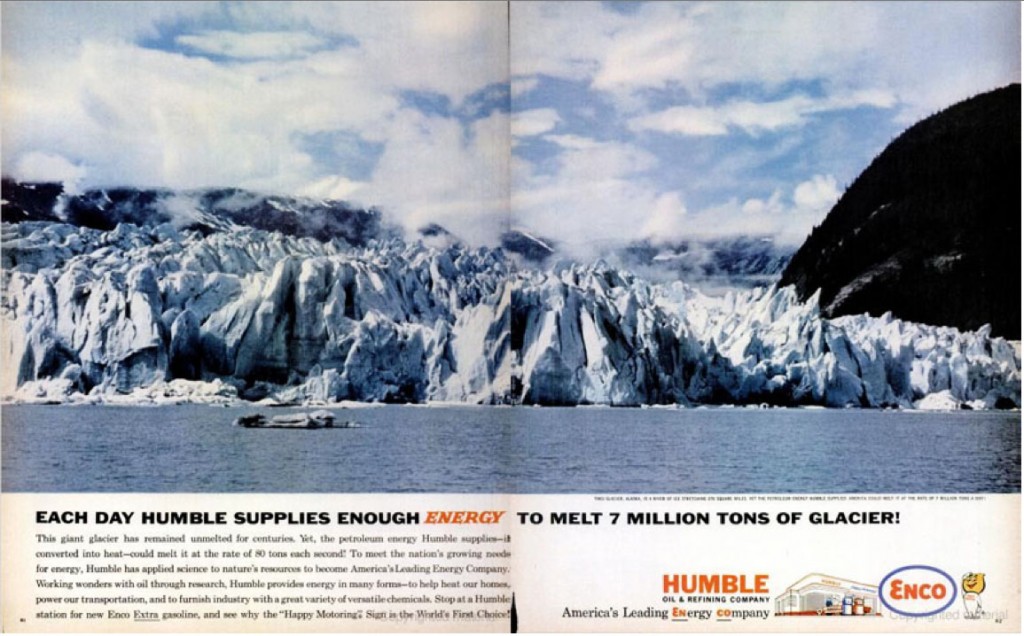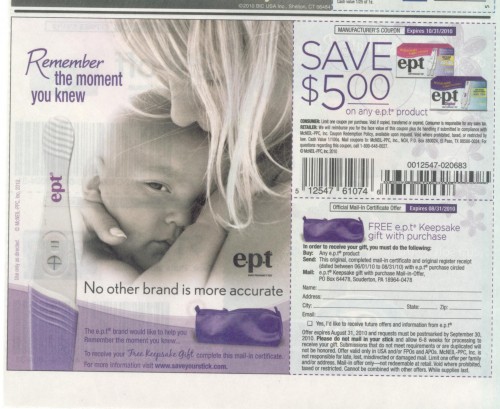As we’ve talked about before, one marketing strategy to get people to buy more stuff is to manipulate sizes. In the case of clothing, companies often use “vanity sizing,” labeling clothes as a smaller size than they really are. Food serving sizes have followed a form of vanity sizing of their own, with portions getting larger over time. Ben Ostrowsky sent in a great example of changing norms of consumption, highlighting the enormous increase in what is considered a standard serving of soda.
In this 1950s ad for soda, the text proudly proclaims that a 12-oz. can is “king-size,” and includes 2 full servings:
Compare it to this sign at Long John Silver’s, where the smallest size is 20 oz., and a 32-oz. medium soda, presented as the default size, is nearly 3 times as large as the 1950s king-size double serving (though, as a reader pointed out and I didn’t think to mention, we do have to make some allowance for ice in the cup):
The gas station nearest me used to have fountain drink cups that started at 20 oz. I noticed recently they’ve completely dropped that size; the smallest cup you can now buy is 32 oz. The largest is a whopping 64 oz. I am actually curious how a person gets it home in their car, as I don’t see how it would fit in a standard cup holder. Perhaps you buckle it into an empty seat?
Of course, the larger the default size, the more product a company sells. For other examples of the push to increase portions or serving sizes, see Lisa’s post on manufacturers’ instructions for use.

